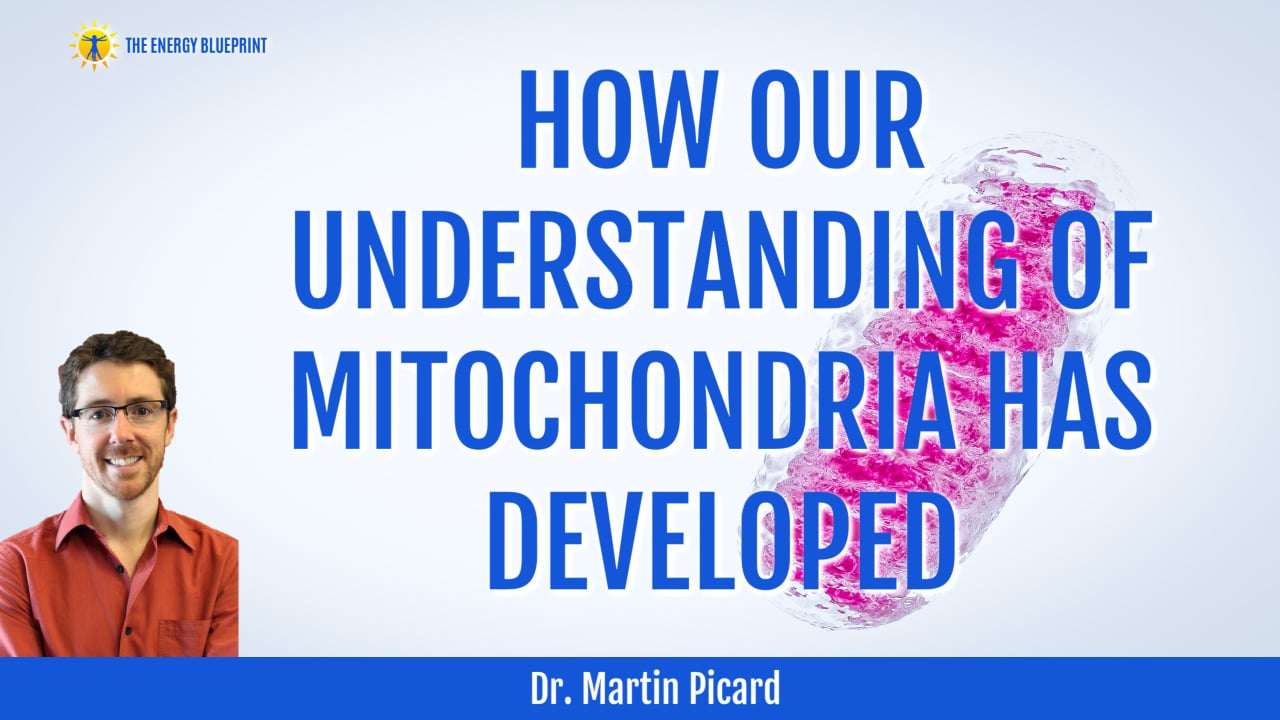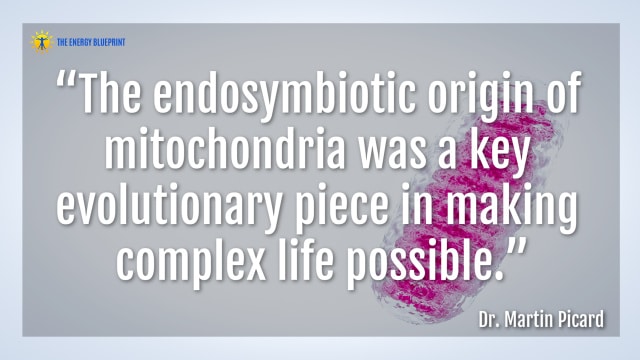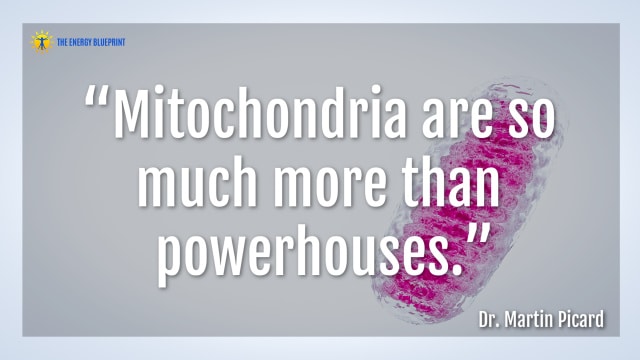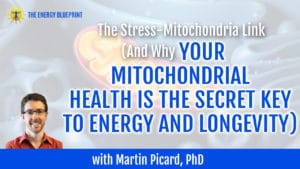
Dr. Picard is an assistant professor of behavioral medicine in Psychiatry and Neurology at Columbia University. He obtained his Ph.D. in mitochondrial biology of aging in 2012. For over a decade, he has been studying mitochondria and has worked closely with leading experts in the field of mitochondrial research. In 2015 he joined the faculty at Columbia University where he established the mitochondrial signaling laboratory.
This article is derived from a previous podcast with Dr. Picard on The Stress-Mitochondria Link (And Why Your Mitochondrial Health Is The Secret Key To Energy And Longevity.)
The Theory of Mitochondrial Development

About 1.5 billion years ago, the only life that existed on Earth consisted of unicellular organisms. These organisms were different kinds of bacteria that probably didn’t communicate with each other; some could use oxygen to make energy, whereas others could not.
The theory goes that at some point a relatively large bacterium engulfed a smaller, oxygen-consuming bacterium. Instead of being digested, the smaller bacterium managed to continue living inside the larger one and eventually became mitochondria.
This process of an organism living inside a host cell is called endosymbiosis (A symbiotic association in which an organism lives inside another, such as bacteria in human intestines). The endosymbiotic origin of mitochondria seems to have played a critical role in the evolution of multicellular life as we know it. All thinking, feeling organisms that have ever existed on Earth likely evolved from that one particular event, including us.
The Shape of the Mitochondria and Why It Is Important

If you google mitochondria, you will see images of these small bean-shaped things. They have an outer and an inner membrane and inside that membrane is found the mitochondrial DNA. The shape of the DNA is circular –similar to bacterial DNA—and is our biggest clue that mitochondria evolved from bacteria.
Mitochondria are surprisingly complex, routinely interacting with each other and adapting to their environments. A big part of this adaptation includes their ability to change their shape and size. They can fuse to form long, spaghetti-like shapes—known as fusion—or they break down into smaller shapes through a process known as fission. Each of these different shapes has a different function.
Key Point: Mitochondria can change shape and size through the processes of fusion and fission. This adaptability is essential as the different mitochondrial shapes perform different roles in the body and allow the mitochondria to adapt to their environment.

Mitochondria were first discovered in the late 1800’s and were named after their morphology (their ability to change).
Throughout the 40’s, 50’s, and 60’s, scientists began to focus on the energy production capacity and function of mitochondria. In 1978, British Chemist Peter Mitchell won the Nobel Prize for understanding how mitochondria could store and transform energy from food and oxygen. This discovery paved the way for our current view of mitochondria as the powerhouse (or battery) of the cell.
However, a modern understanding of mitochondria shows that they are much more than powerhouses. It is now known that they can respond to different hormones and metabolic signals. Upon receiving these signals, the mitochondria transmit them to other mitochondria in other parts of the body and express what genes need to be turned off or on through the process of epigenetics.
As Dr. Picard explains: “Now the view that we are starting to develop is one of a communicating collective of mitochondria distributed across different organs and cells that talk to each other.”
Key Point: For the past 50 years, it was believed that mitochondria are the powerhouse (battery) of the cell. However, in recent years scientists have come to understand that mitochondria are more complex. They are able to receive and convey signals from hormones and metabolism to other parts of the body, telling what genes need to be turned off and on through epigenetics.





